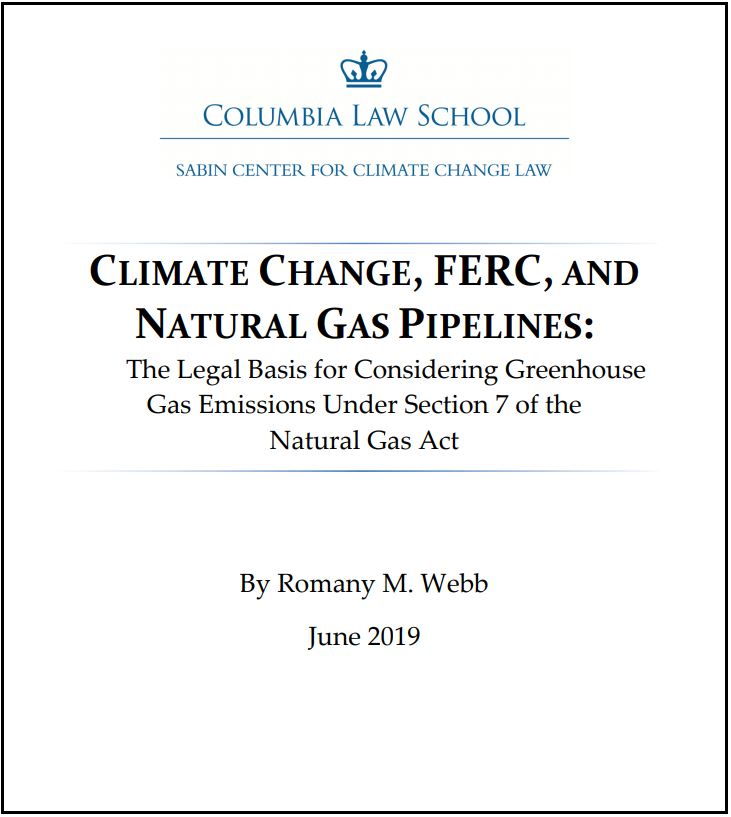by Shelley Welton, Deputy Director & Fellow
In what can only be interpreted as a major victory for California, the Ninth Circuit ruled on Wednesday, September 19 in Rocky Mountain Farmers Union v. Corey that the state’s Low Carbon Fuel Standard (LCFS) was neither discriminatory nor extraterritorial under the dormant Commerce Clause, reversing the district court opinion. As someone eager to see states bravely forge ahead in climate policy, I am excited about this landmark opinion for several reasons.
A little background: As one component of its state plan to reduce greenhouse gas emissions, California required its Air Resources Board (CARB) to develop regulations that would reduce greenhouse gas emissions from fuels by ten percent by 2020. As part of this effort, CARB adopted the LCFS. The standard requires fuel suppliers in the state to meet certain average annual carbon limitations, with the “carbon intensity” of a particular fuel measured via “lifecycle analysis,” thereby including carbon produced during production, refining, and transportation of a fuel. Fuel suppliers can meet the standard by changing the carbon intensity of their fuels, or by purchasing credits from other suppliers with carbon intensity averages below state requirements.
Yesterday’s Ruling: In 2011, a California district court found that the LCFS facially discriminated against out-of-state fuel producers and operated as an impermissible extraterritorial regulation under the dormant Commerce Clause. In its 2-1 opinion, the Ninth Circuit reverses both of these holdings in what I find to be a very pragmatic, sensible reading of the dormant commerce clause doctrine.
On the issue of discrimination, the majority explains that although the LCFS facially treats fuels from different places differently, this fact is not in and of itself fatal under the dormant Commerce Clause so long as there is a non-protectionist reason for doing so. It finds that there clearly is such a reason, because fuels from different regions have different carbon intensities that need to be reflected in the regulations in order to create an effective scheme. In so holding, the Ninth Circuit offers resounding support for the use of lifecycle analysis in regulating products for their carbon content. It finds lifecycle analysis to be an “important,” “reliable,” “effective” method “based on scientific data” for fairly evaluating the relative carbon emissions of a certain end product.
The Ninth Circuit also, appropriately, treats extraterritoriality narrowly. On this point, it explains that the relevant Supreme Court precedent really only extends the doctrine to those limited situations where a state actually imposes its regulations on another state. And here, California is in no way imposing conditions on other jurisdictions—it is simply determining to “take responsibility” for the carbon emissions resulting from fuels sold in the state.
Perhaps my favorite part of the opinion is the way that the court artfully—and frequently—juxtaposes the dormant Commerce Clause inquiry with the familiar conceit that states are laboratories of democracy that should be encouraged to experiment with novel ways to solve pressing problems. This narrative first appears early in the opinion when the court celebrates California’s long history as a leader in environmental protection. Later, it recurs in the court’s discussion of Balkanization, where it readily dismisses concerns that California’s standard will create incompatible obligations around the country and instead points to past instances where state leadership has spurred federal action. The court even goes on to chide plaintiffs for trying to defeat state attempts to control climate change by “relying on archaic formalism to prevent action against a new type of harm.”
What happens next: The opinion concludes by remanding to the district court to consider whether the regulations discriminate in purpose or effect and, if not, for application of Pike balancing. But as Ann Carlson rightly noted over at Legal Planet, the Ninth Circuit’s analysis already contains significant discussion of the LCFS’s effects, such that future invalidation on those grounds would seem unlikely. The bigger question looming is whether the Supreme Court will take up the case. It might create an interesting split, given that several of the conservative justices have in the past expressed skepticism about the dormant Commerce Clause.
While we wait for the court battle to finish playing out, this opinion should hopefully embolden additional state efforts to regulate climate change, and should give some comfort to CARB that its cap-and-trade program can withstand constitutional scrutiny as well.


